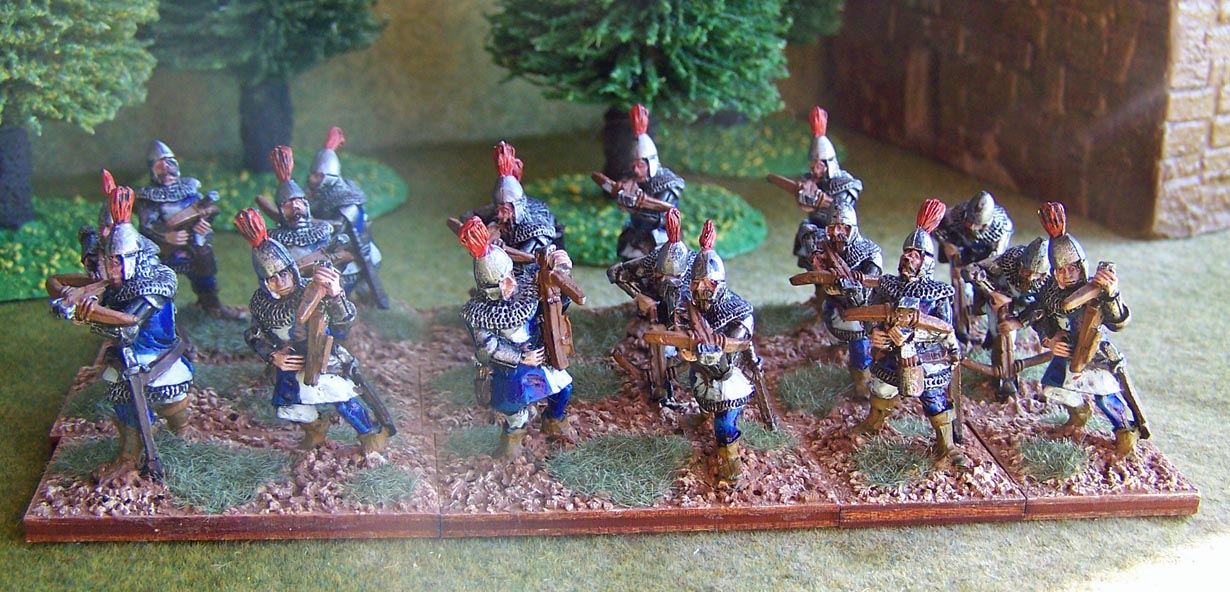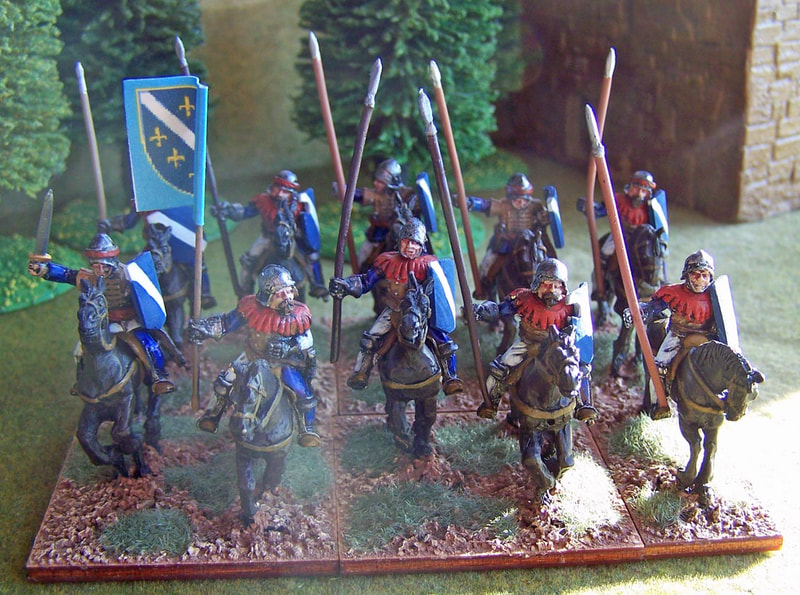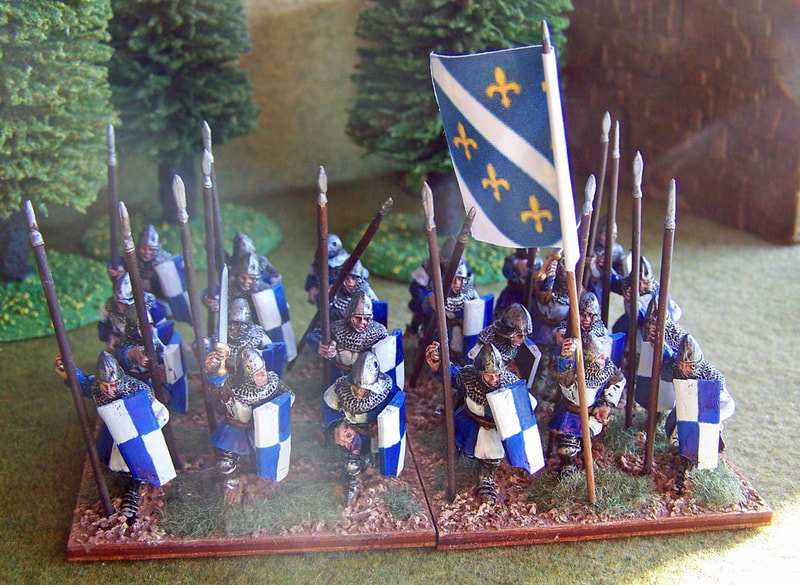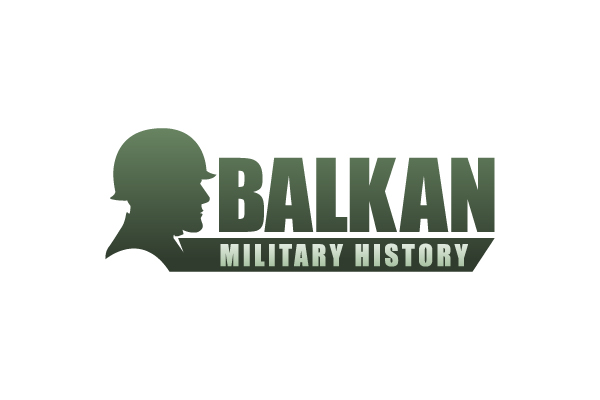- Home
- About
-
Travel
-
Features
- Dyrrachion1081
- Normans in the Balkans
- Manolada 1316
- Kosovo 1389
- Castles on the Danube
- Late Medieval Bosnian Army
- Doboj 1415
- Wallachian and Moldovan troops of the Napoleonic wars
- Anchialos 917
- Slovenian Borderlands
- The Zadruga and the Military Border
- Cretan War in the Adriatic
- Salonika 1916
- Uskoks of Senj
- Siege of Klis 1537
- Eugene in the Balkans
- Moldavian Surprise 1711
- Austro-Turkish War 1737-9
- Militargrenze
- Invading Ottoman Turkey
- Siege of Ragusa 1814
- Russo-Turkish War 1806-12
- Serbian Uprising 1815
- Ali Pasha
- Ottoman Army 1826
- Aleksinac 1876
- Shipka Pass
- Slivnitsa 1885
- Romanian Army 1878
- Austrian forts 19thC
- Kumanovo 1912
- Catalca Lines
- Adrianople 1912-13
- Kajmakcalan 1916
- The other 1918 campaign
- Macedonia air war WW1
- War of the Stray Dog
- Royal Yugoslavian armed forces
- Blunder in the Mountains
- Romanian SS
- Gebirgsjager in the Balkans
- Knights Move 1944
- Vis during WW2
- HLI in the Adriatic
- Adriatic Cruel Seas
- Dalmatian Bridgehead
- Cyprus 1974
- Transnistrian War
- Ottoman Navy Napoleonic wars
- Medieval Balkans
- Balkan lockdown quiz >
- Reviews
-
Armies
- Ancient Greeks
- Pyrrhic army of Epirus
- Dacian wars
- Goths
- Late Roman
- Comnenan Byzantine Army
- Normans
- Serbian medieval
- Albanian medieval
- Wallachian medieval
- Bosnian Medieval
- Catalan Company
- Polish 17C
- Austrian Imperialist
- Ottoman
- Austrian 18thC
- Russian Early 18thC
- Ottoman Napoleonic
- Greek Revolution
- 1848 Hungarian Revolution
- Russian Crimean war
- Romanian Army of 1877
- Ottoman 1877
- Russian 1877
- Balkan Wars 1912-13
- Macedonia WW1
- Greece WW2
- Italian Army WW2
- Gebirgsjager WW2
- Hungary WW2
- Turkey WW2
- Soviet Union WW2
- Bulgaria WW2
- Turkish Korean War Brigade
- Balkan Wars 1990s
- Links
- Books
Bosnian Medieval
Medieval Bosnia consisted largely of the central and northern area of the modern state of Bosnia and Herzegovina. It bordered Croatia and Slavonia to the north (mostly under Hungarian control) and Serbia to the west. Venice held possessions on the Dalmatian coast as did the city state of Dubrovnik (Ragusa). Later its nemesis came in the form of the Ottomans.
I wrote a feature article on medieval Bosnia for Hobilar the journal of the Lance and Longbow Society in 1996 together with an army list for WAB. You can also view a description of my last visit to Bosnia in 2006 and its historical sights.
We know relatively little about how the armies were constituted and equipped. The army would be made up largely from the contingents of the nobility, supplemented by some mercenaries, funded from Bosnia’s mineral wealth. From the Bosnian stecaki (gravestones), royal seals and the limited exhibits in the National Museum it appears that they were organised and equipped similar to the Serbs, although with Hungarian and even Italian influences (via Dubrovnik) in armour. The army composition in my WAB list is largely based on the Serbian lists in the WAB supplement and somewhat conjectural, but should give a flavour of the forces available. Essentially the Bosnian army is a lighter version of their Serbian and Hungarian neighbours to reflect the mountainous terrain.
The figures below are 28mm, mostly from Old Glory that I did specifically for this army. The rest of the army on the tabletop comes from generic medieval figures.
I wrote a feature article on medieval Bosnia for Hobilar the journal of the Lance and Longbow Society in 1996 together with an army list for WAB. You can also view a description of my last visit to Bosnia in 2006 and its historical sights.
We know relatively little about how the armies were constituted and equipped. The army would be made up largely from the contingents of the nobility, supplemented by some mercenaries, funded from Bosnia’s mineral wealth. From the Bosnian stecaki (gravestones), royal seals and the limited exhibits in the National Museum it appears that they were organised and equipped similar to the Serbs, although with Hungarian and even Italian influences (via Dubrovnik) in armour. The army composition in my WAB list is largely based on the Serbian lists in the WAB supplement and somewhat conjectural, but should give a flavour of the forces available. Essentially the Bosnian army is a lighter version of their Serbian and Hungarian neighbours to reflect the mountainous terrain.
The figures below are 28mm, mostly from Old Glory that I did specifically for this army. The rest of the army on the tabletop comes from generic medieval figures.
Further Reading
Bianchi, John Vlad the Impaler & Ottoman Wars in Europe Warhammer Historical
Fine, John The Late Medieval Balkans Michigan Press
Heath, Ian Armies of the Middle Ages (Vol2) WRG
Malcolm, Noel Bosnia, A Short History Papermac
Engel, Pal The Realm of St Stephen I.B.Tauris
Babinger, Franz Mehmed the Conqueror and his time Princetown Press
Bianchi, John Vlad the Impaler & Ottoman Wars in Europe Warhammer Historical
Fine, John The Late Medieval Balkans Michigan Press
Heath, Ian Armies of the Middle Ages (Vol2) WRG
Malcolm, Noel Bosnia, A Short History Papermac
Engel, Pal The Realm of St Stephen I.B.Tauris
Babinger, Franz Mehmed the Conqueror and his time Princetown Press



